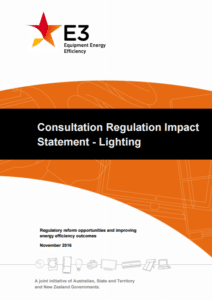 Australia and New Zealand have issued a Regulation Impact Statement (RIS) on lighting for public review and comment. The RIS considers policy proposals to improve the energy efficiency of residential and commercial lighting throughout Australia and New Zealand. The comment period will end on 24 February 2017.
Australia and New Zealand have issued a Regulation Impact Statement (RIS) on lighting for public review and comment. The RIS considers policy proposals to improve the energy efficiency of residential and commercial lighting throughout Australia and New Zealand. The comment period will end on 24 February 2017.
Current regulations started the movement toward the national objectives of promoting and improving lighting energy efficiency in Australia and New Zealand. However, modifications are needed to further improve energy efficiency and reduce associated greenhouse-gas emissions.
This proposed government action aims to update and expand the market for energy-efficiency lighting in Australia and New Zealand.
The RIS considers four lighting products currently regulated for energy efficiency:
- Incandescent and halogen lamps (Australia only)
- Self-ballasted compact fluorescent lamps
- Linear fluorescent lamps
- Ballasts for fluorescent lamps
In addition, the RIS considers energy-efficiency requirements for two new product groups:
- Light emitting diode (LED) lamp technology
- Nonintegrated commercial luminaires
Around 80 million lamps are sold in Australia per year, with an estimated installed stock of more than 400 million. A further 20 million lamps are sold in New Zealand each year, with an estimated installed stock of more than 90 million.
Individual lamps do not consume large quantities of electricity. However, the average Australian home has 37 lamps, and the average New Zealand home has 26 lamps.
When aggregated, lighting accounts for around 10 – 12 per cent of the average household’s electricity use in Australia and New Zealand. For the commercial sector, lighting systems account for between 18 – 40 per cent of electricity end use in Australia and about 39 per cent in New Zealand.
The consultation is prepared by Equipment Energy Efficiency (E3) program. It is accompanied by public consultation sessions and webinars, scheduled for January and February 2017.
The E3 program is a cross-jurisdictional program through which the Australian Government, states and territories and the New Zealand Government collaborate to deliver a single, integrated program on energy-efficiency standards and energy labelling for equipment and appliances.


Leave a Reply